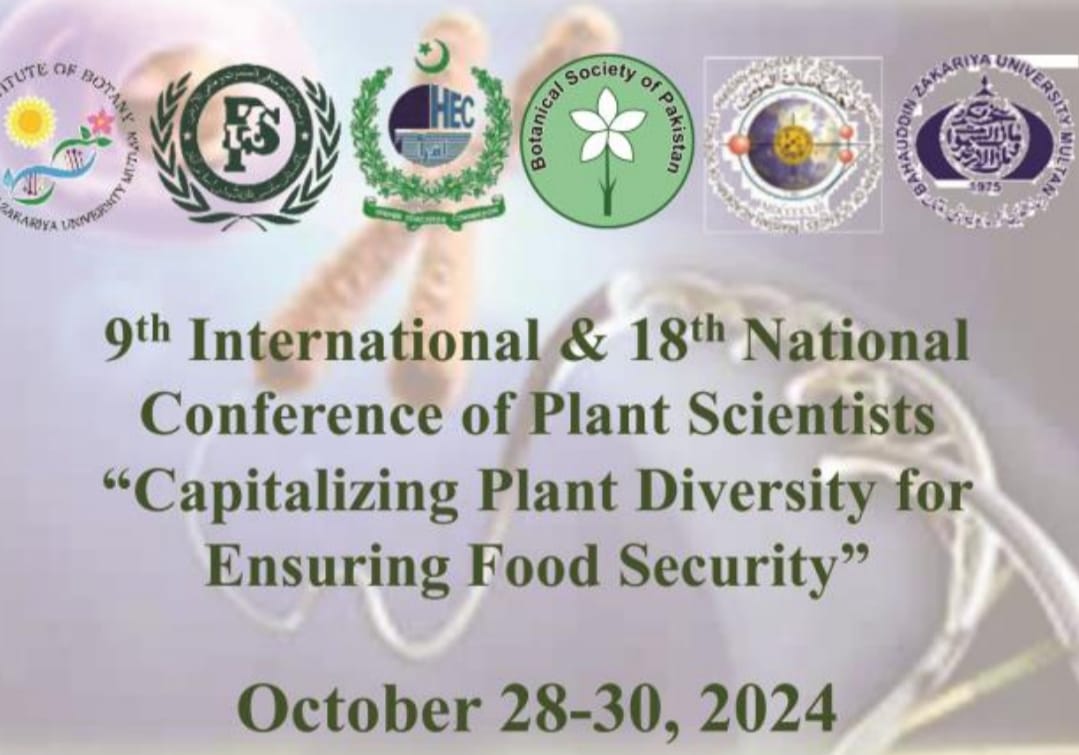
PJB-2025-332
Low-Abundance Ion-Enhanced MS Entropy Similarity Model Based on MLP
Jiayao Pan
Abstract
To address the three-order-of-magnitude signal disparity between high-abundance backbone ions (relative intensity over 10%) and low-abundance characteristic ions (relative intensity under 1%) hindering traditional similarity methods in small plant molecule spectral analysis, a low-abundance ion-enhanced mass spectrometry entropy (MSE) similarity calculation model based on multi-layer perceptron (MLP) is proposed. The approach involves four-layer db4 wavelet decomposition, soft-threshold denoising, intensity normalization, and calculation of MSE and statistical features. An MSE-constrained nonlinear function and dual-channel MLP establish spectral peak intensity-dynamic parameter mapping, with backpropagation optimizing parameters to enhance low-abundance ion contribution and suppress high-abundance interference. Validation on MassBank.us and KUST-MS data shows KUST-MS has 81.18% groups with t- tests exceeding 2 and 54.12% with p-value below 0.05. MassBank.us has 77.27% groups with t- tests exceeding 2 and 50.97% with p-value below 0.05. The overall Cohen's d was 0.879, with 88.0% large effect sizes (Cohen's d of 0.8 or higher), and 29.4% extremely large effect (Cohen’s d of 1.5 or higher), confirming dynamic weighting significantly enhances the capability to discriminate structural differences in low-spectral-entropy scenarios.
To Cite this article:


